Cold Rolling of Tinplate for Metallic Containers
Cold rolling is an essential process in the manufacture of tinplate, which in turn is a critical component in the metal packaging industry. This process involves reducing the thickness of the steel strip through crushing and pulling, which is done after pickling and before annealing and electrolytic tinning.
Process Objective
The main objective of cold rolling is to obtain a uniform and precise tinplate thickness, suitable for the production of metal packaging. This process not only reduces the thickness but also improves the mechanical properties and the surface of the material.
Process Description
After the hot rolling process, where the steel strip reaches temperatures between 1150 and 1250 °C, and subsequent cooling and winding, the strip undergoes pickling to remove the iron oxide formed. Once cleaned, the strip is ready for cold rolling.
During cold rolling, the steel strip is passed through a series of rolls at room temperature. The pressure exerted by the rollers reduces the thickness of the strip without heating it. This process increases the strength and hardness of the steel, while improving the surface quality, which is essential for the subsequent application of coatings and to ensure good printing quality on packaging.
Advantages of Cold Rolling
- Improved Mechanical Properties: Increases the tensile strength and hardness of the material, which is beneficial for handling and forming containers.
- Uniform Surface: Provides a smooth, uniform surface that is ideal for coating application and high quality printing.
- Thickness Accuracy: Allows precise control of material thickness, which is critical for the standardization of metal packaging.
Technical Considerations
Cold rolling must be performed by carefully controlling the amount of thickness reduction to avoid the introduction of defects such as warpage or the creation of residual stresses in the material. In addition, the lubricant used during this process must be carefully selected to avoid contamination and ensure good surface quality.
Annealing and Post-Lamination Tempering
After cold rolling, the tinplate undergoes an annealing process, which can be in a hood with prior electrolytic cleaning or continuous, to soften the steel strip and recover the ductility lost during cold rolling. Tempering is then performed to adjust the hardness of the material to the required specifications.
Conclusion
Cold rolling is a critical step in the manufacture of tinplate for metal containers. Precision and care in this process determine the quality of the final product and its suitability to contain and protect food and beverages. With tinplate as raw material, the metallographic industry is capable of producing metal containers with excellent mechanical properties, suitable for a wide variety of applications.


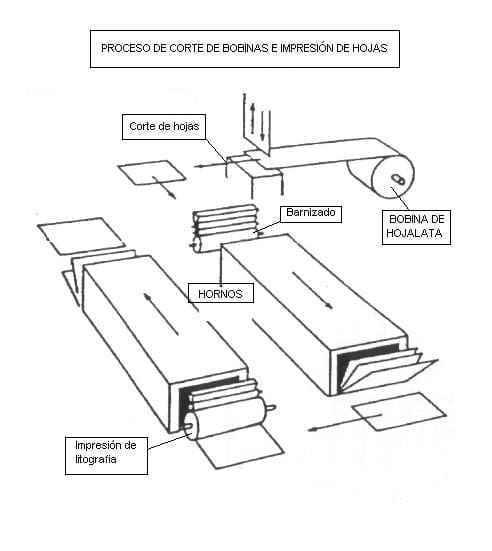
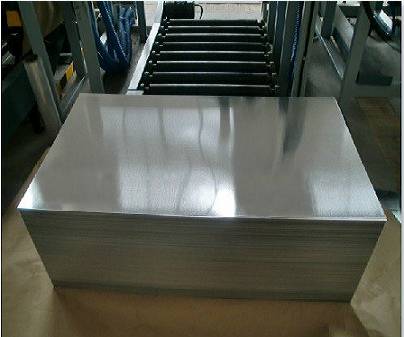
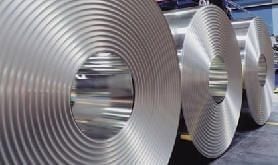
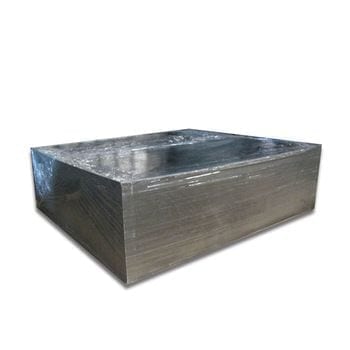
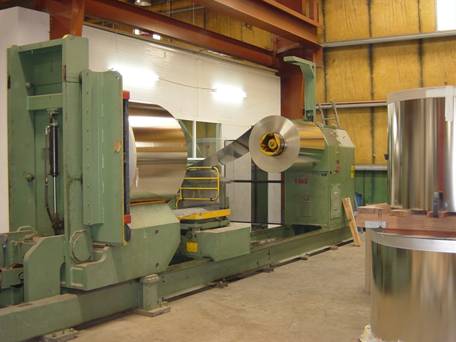

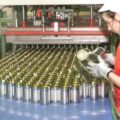
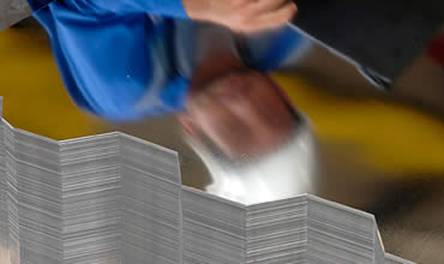
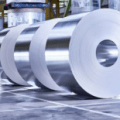
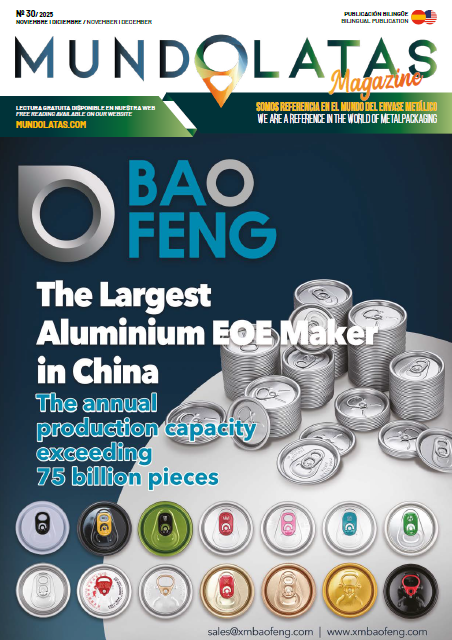


0 Comments